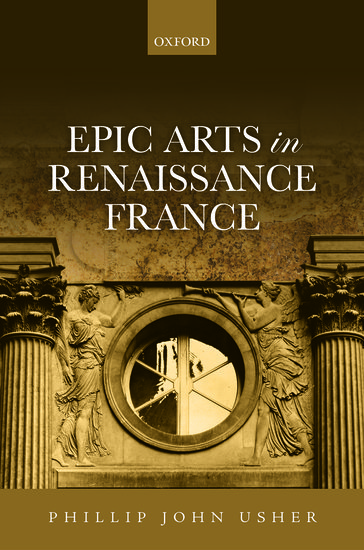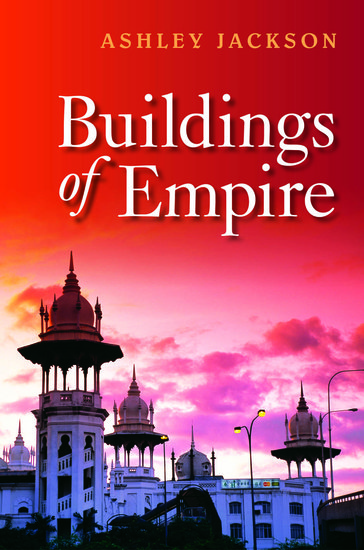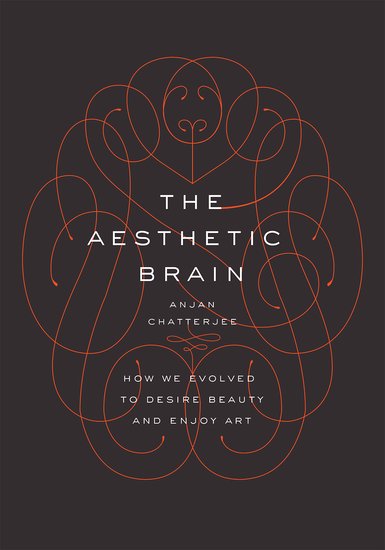Portraying scientists: Galileo and perceptual portraiture
By Nicholas Wade
Perceptual portraits represent people in an unconventional style. The portraits themselves are not always easy to discern – the viewer needs to apply the power of perception in order to extract the facial features from the design which carries them. The aim is both artistic and historical.













